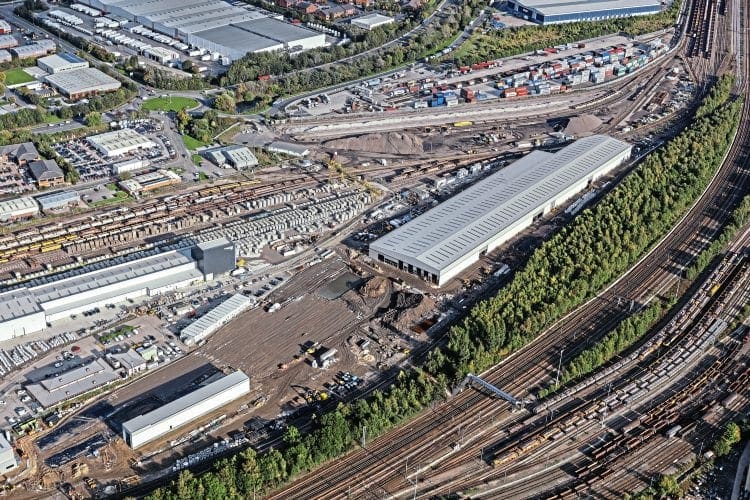In the first part of a new comprehensive survey of current modern traction depots, Dave Richardson uncovers survivors from the steam age still in use in the Midlands, Northern England and Scotland.
A LARGE number of historic depots have survived into the 21st century – though, in some cases, there may be nothing remaining from the steam era except perhaps for a wall or outbuilding.

Although many new depots were built as a result of the 1955 Modernisation Plan – the new diesels having different needs to steam locos – it usually made sense to build on existing sites. Sometimes, a depot would be closed to steam while the site was redeveloped for modern traction. But usually the old and new orders operated side by side for a few years, a less than ideal situation when complex new locomotives had to be looked after amid decades of filth from ash, coal, grease and boiler wash-outs.
Toton, in the Midlands, is the largest loco maintenance depot surviving from the steam age. In the north, the largest depots in Leeds (Neville Hill) and Manchester (Longsight) are still in use, whereas Liverpool, Sheffield and Tyneside have fared less well. Glasgow is unique as all its major ‘A’ depots have survived – even though every single tonne of freight moved north of the border is by a loco based in England.
Enjoy more Rail Express Magazine reading every month.
Click here to subscribe & save.
This article lists all steam age depots in these parts of Britain known to be operating in 2017 for maintaining or stabling locos, units or on-track plant. Shed codes are as applied in September 1963. It is a fascinating list because, while some smaller locations survive in use, many major ex-steam depots adapted for modern traction have not – including Saltley, Gateshead, Thornaby and Ayr.
Read more in the September 2017 issue of RE – on sale now




